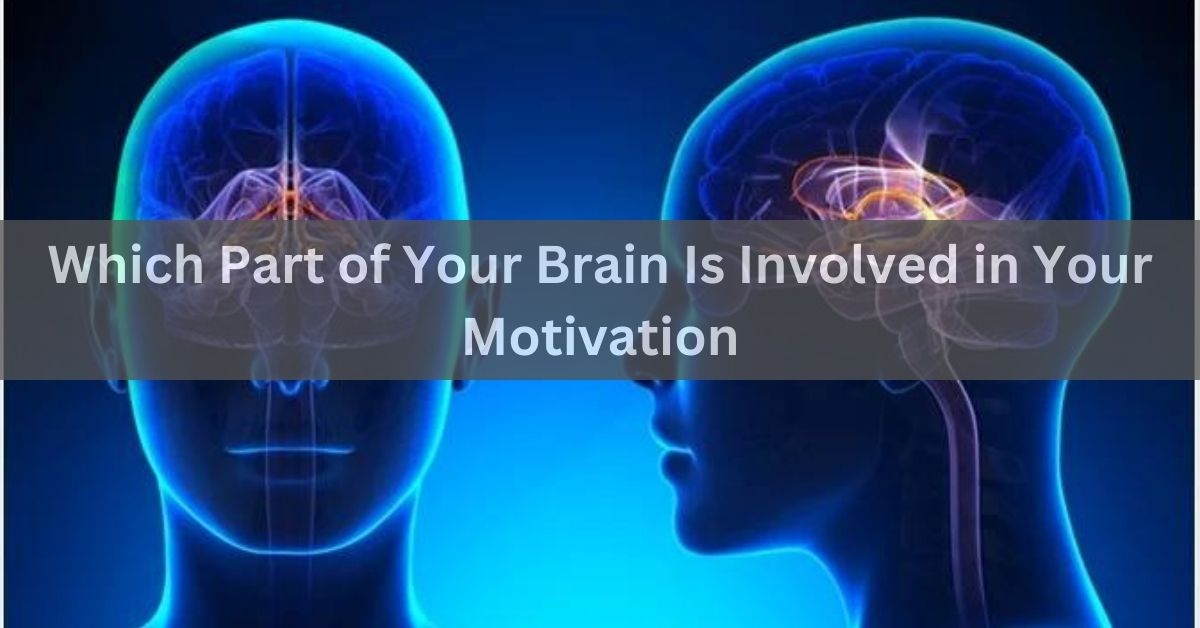Exploring the connection between our motivation and the brain is a captivating subject within neuroscience.
Motivation, a vital factor influencing our behavior, decision-making, and overall well-being, is defined by internal and external elements that activate, direct, and sustain our pursuit of specific goals.
This driving force shapes our actions daily and is crucial for understanding human behavior. The brain, as the body’s control center, holds a key role in steering motivation.
Understanding Motivation!
To lead a successful life, a comprehensive grasp of motivation is indispensable. Whether applied to personal goals, productivity, or the pursuit of success, motivation serves as a crucial driving force.
It can be defined as the internal impetus steering our actions, desires, and ambitions—an intricate process involving collaboration among different brain areas.
One pivotal region for motivation is the prefrontal cortex, responsible for decision-making, goal-setting, and planning. Its significance lies in aiding our comprehension of motivation.
By assessing potential rewards and risks tied to our actions, the prefrontal cortex significantly influences our motivation levels.
The limbic system, especially the nucleus accumbens, is another essential brain structure in motivation. Tightly linked to pleasure and reward, this region plays a significant role in motivating us to engage in activities that bring joy and satisfaction.
Additionally, the amygdala, part of the limbic system, contributes to motivation by participating in emotional processes. Assigning emotional value to stimuli and experiences, the amygdala shapes our motivation levels.
In essence, a nuanced understanding of motivation necessitates the intricate interplay of various brain regions, each contributing to our determination and drive to achieve goals.
What is Motivation?
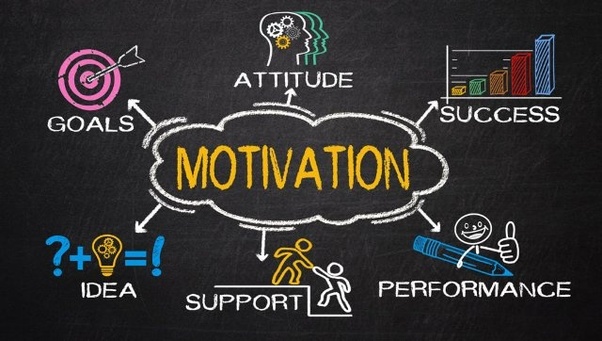
Motivation serves as the impetus driving our actions, behaviors, and pursuit of goals, reflecting our desire or willingness to achieve something significant.
This influential force plays a pivotal role in our daily lives, aiding in the attainment of success, maintaining focus, and overcoming challenges.
A multifaceted process, motivation is shaped by internal and external factors. Personal beliefs, values, and goals constitute internal influences, while external elements encompass rewards, recognition, and social pressures.
The brain, a central player in motivation, involves specific regions such as the limbic system, amygdala, hippocampus, hypothalamus, and nucleus accumbens.
These areas regulate emotions, memory, homeostasis, and reward, intricately intertwined with motivation. In essence, understanding motivation requires acknowledging the crucial roles played by these brain regions.
Neurotransmitters, including dopamine, serotonin, and norepinephrine, significantly contribute to motivation. Notably, dopamine is linked with reward and pleasure, propelling us toward activities yielding positive outcomes.
Recognizing that motivation varies from person to person is essential. Personalities, past experiences, and individual circumstances collectively shape our unique motivations. It is imperative to grasp that what motivates one person might not necessarily hold true for another.
Consider the tale of a colleague who grappled with motivation in her work routine. Feeling trapped in monotony and lacking enthusiasm, she uncovered her true motivation in making a positive impact on others.
Witnessing the success of others became her driving force, reigniting her passion for work and elevating her motivation levels. Through understanding her genuine motivation, she found fulfillment and purpose in her job.
The Importance of Understanding Motivation!

Recognizing the significance of understanding motivation is paramount, given its substantial role in steering behavior and accomplishing goals.
This comprehension empowers individuals to discern not only their own motivations but also those of others, fostering effective communication, collaboration, and leadership.
Additionally, delving into motivation contributes to personal development and self-enhancement by unveiling individual desires, interests, and values.
Educators, managers, and leaders across diverse fields particularly benefit from a profound understanding of motivation. This knowledge equips them to create environments conducive to motivation, engagement, and productivity.
Tailoring incentives, establishing clear goals, and affording opportunities for autonomy are effective strategies for nurturing motivation within individuals or teams.
Research underscores that individuals are more likely to achieve their goals when possessing a clear understanding of their motivations and the significance of these aspirations.
Thus, recognizing the critical importance of understanding motivation becomes pivotal for unlocking the pathway to success.
Read: Aeonscope Video Gaming – All Essential Information!
The Role of the Brain in Motivation!
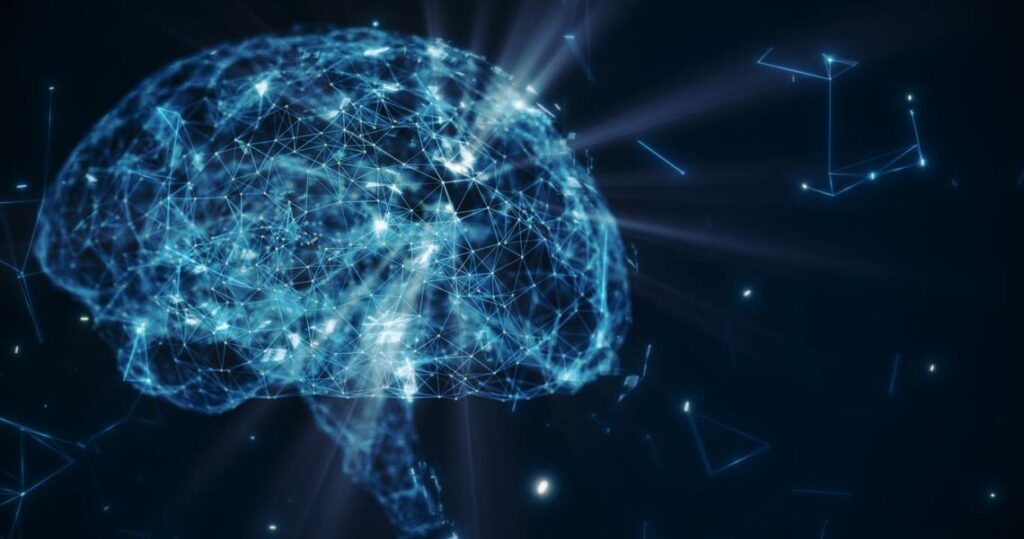
Eager to unravel the mysteries behind our motivation? Embark on a captivating journey into the intricate landscape of the brain and its profound influence on our inner drive.
Uncover the distinctive contributions of various brain regions to our motivation, ranging from the hippocampus’s ability to enhance memory to the hypothalamus’s role in regulating homeostasis.
Not to be overlooked is the nucleus accumbens, the brain’s reward center, playing a pivotal part in stoking our motivation. Brace yourself for a mesmerizing exploration into how different segments of the brain shape our inner fire!
An Overview of the Brain!
The brain serves as a pivotal force in steering motivation, shaping our actions, and propelling us toward specific objectives.
An examination of the brain’s intricate structure offers clarity on its multifaceted operations and their connection to motivation.
The brain comprises diverse regions that contribute to the motivation process. The limbic system, often hailed as the motivation hub, oversees emotions and guides our conduct.
Nestled within this system, the amygdala assumes a critical role in processing emotions, motivating responses to particular stimuli.
Another noteworthy brain region, the hippocampus, engages in both memory and motivation. It aids in recollecting past experiences and molds our motivation by linking certain behaviors to positive or negative outcomes.
The hypothalamus, tasked with maintaining homeostasis and governing fundamental bodily functions, also wields influence over motivation. It shapes behaviors essential for survival, such as eating, drinking, and sleeping.
In the reward pathway of the brain, the nucleus accumbens emerges as a key player intimately entwined with motivation. It receives signals from neurotransmitters like dopamine, serotonin, and norepinephrine, each playing a pivotal role in steering our motivated behaviors.
Comprehending the distinct roles of various brain regions in motivation yields valuable insights into the intricate functioning of our brain and its impact on our drive to pursue specific actions and goals.
Specific Brain Regions Involved in Motivation!
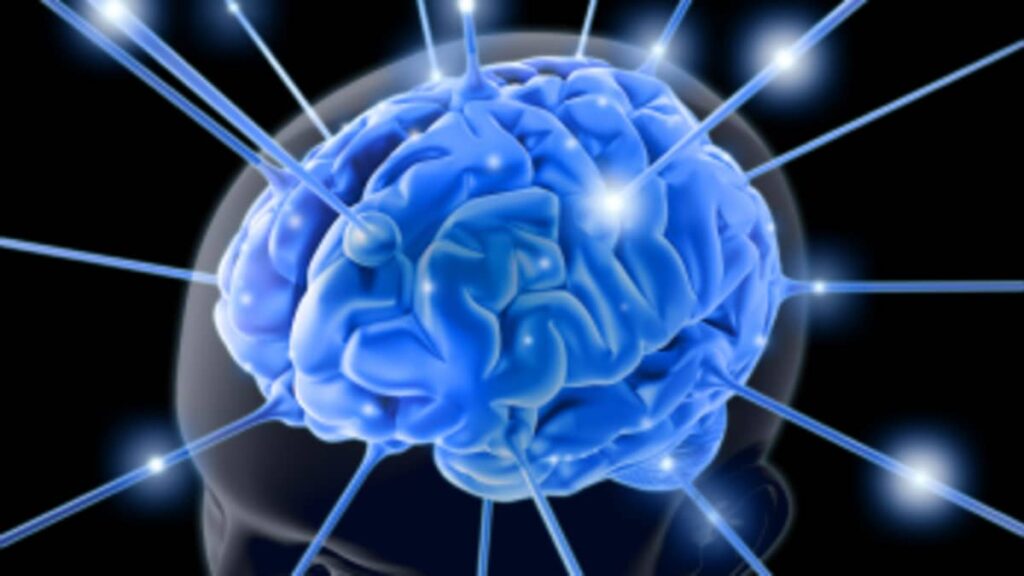
The key brain regions implicated in motivation, such as the limbic system, amygdala, hippocampus, hypothalamus, and nucleus accumbens, exert pivotal roles in steering our behavior and molding our choices.
These specific brain regions, notably the limbic system, act as the focal point of motivation, directing our aspirations and objectives.
The amygdala, recognized for its role in processing emotions, enhances motivation by imparting emotional significance to stimuli.
Moreover, the hippocampus, accountable for memory formation, contributes to motivation by establishing connections between past experiences and current goals.
Concurrently, the hypothalamus, overseeing various bodily functions, plays a role in sustaining homeostasis and influencing motivation accordingly.
Finally, the nucleus accumbens, integral to the brain’s reward circuitry, significantly impacts the experience of pleasure and the anticipation of rewards, emerging as a pivotal region in motivation.
Grasping the involvement of these specific brain regions in motivation facilitates a deeper understanding of the intricate mechanisms underlying our desires, goals, and decision-making processes.
- The amygdala: This almond-shaped structure processes emotions and plays a key role in establishing the emotional significance of stimuli, thereby influencing motivation and decision-making.
- The hippocampus: Renowned for its role in memory formation, the hippocampus also collaborates with the limbic system to fortify motivation based on past experiences.
- The hypothalamus: Charged with maintaining bodily homeostasis, the hypothalamus initiates and regulates motivated behaviors, including hunger, thirst, and reproduction.
- The nucleus accumbens: Dubbed the brain’s “reward center,” this region responds to pleasurable experiences by releasing dopamine, reinforcing motivation, and facilitating reward-based learning.
Neurotransmitters and Motivation!
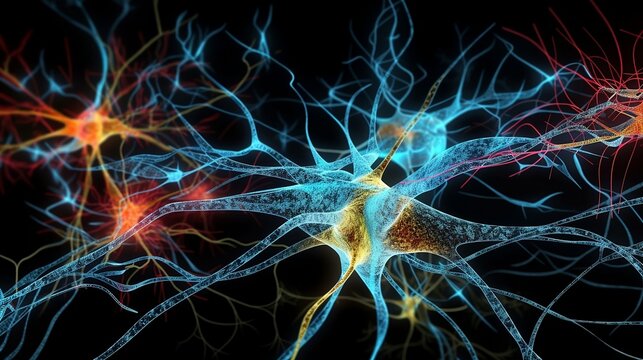
Ladies and gentlemen, prepare to explore the captivating realm of neurotransmitters and motivation! Join us as we delve into the secrets that underlie the compelling force propelling us toward our goals.
In this segment, we will uncover the influential roles of dopamine, serotonin, and norepinephrine in shaping our motivation.
Hold on as we unravel the fascinating ways these neurotransmitters impact our drive, ambition, and the overall pursuit of success. Brace yourselves for an enlightening journey into the inner workings of our brain’s motivation center!
Dopamine and Motivation!
Dopamine plays a crucial role in motivation by acting as a neurotransmitter that transmits signals between brain cells, influencing our behavior and response to rewards. This impact on our reward system directly affects our motivation levels.
The release of dopamine occurs when we accomplish goals or indulge in pleasurable activities, such as enjoying delicious food or receiving praise. This release creates a rewarding sensation, reinforcing those behaviors and sustaining our motivation.
Numerous studies have established a strong correlation between dopamine and motivation, particularly in goal-directed behavior.
Dopamine helps regulate the brain’s reward and reinforcement pathways, fueling our motivation to pursue tasks and activities that lead to positive outcomes.
To illustrate this connection, consider the example of Jane, a student with a goal to complete her research project within a month.
Each time she achieved a task or made progress, her brain released dopamine, instilling a sense of accomplishment and motivating her to persist.
The dopamine reward system kept Jane focused and determined, ultimately resulting in the successful completion of her project.
Understanding the pivotal role of dopamine in motivation empowers us to leverage its influence, maintaining motivation and cultivating a positive and determined mindset in our pursuit of success.
Serotonin and Motivation!

Serotonin, a neurotransmitter, plays a crucial role in motivation and contributes to a sense of well-being. Its involvement in regulating mood, appetite, and sleep can influence motivation levels.
Low serotonin levels have been linked to reduced motivation and feelings of apathy or lethargy, while higher levels of serotonin can elevate motivation and foster a more positive perspective on tasks and goals.
To naturally boost serotonin levels and enhance motivation, engaging in activities that promote serotonin production is beneficial. These activities include exercise, exposure to sunlight, maintaining a healthy diet, and practicing mindfulness techniques like meditation or deep breathing.
Incorporating these serotonin-boosting habits into your daily routine can significantly impact motivation and overall well-being.
Sarah faced months of low motivation until she noticed feeling more energized and motivated after spending time outdoors in the sunshine, which increases serotonin production.
Upon researching, Sarah discovered the connection between serotonin and motivation, providing an explanation for her newfound drive.
Inspired, Sarah started incorporating regular outdoor walks into her routine, leading to a surge in motivation and unlocking a sense of productivity she hadn’t experienced in a long time.
Read: Kb5030504 – A Complete Overview In 2024!
FAQ’s:
1. Which Part of Your Brain Is Involved in Your Motivation?
The limbic system, particularly the mesolimbic system, is associated with motivation. Components like the limbic cortex, hippocampal formation, amygdala, and hypothalamus within this system regulate emotional behaviors, memory formation, and cognitive processing.
2. How does the release of dopamine impact motivation?
Dopamine, a neurotransmitter, significantly influences motivation by being released in reward pathways like the nucleus accumbens, amygdala, and hippocampus. This contributes to motivation linked to rewards and can lead to addictive behaviors.
3. What are the behavioral drivers influencing motivation?
Autonomy, mastery, purpose, and social connection are the four behavioral drivers influencing motivation. Autonomy involves having control and decision-making freedom. Mastery is the pursuit of proficiency in a skill or area of interest.
4. How can setting goals and incentives boost motivation?
Setting goals provides individuals with targets, fostering a sense of purpose and direction. It motivates action and perseverance. Incentives, whether intrinsic or extrinsic, further amplify motivation by offering rewards or recognition for goal achievement.
5. In what ways does the limbic system affect emotional well-being and memory formation?
The limbic system, including components like the limbic cortex, hippocampal formation, amygdala, and hypothalamus, significantly influences emotional well-being and memory formation.
6. How does BetterUp assist individuals and organizations with motivation?
BetterUp focuses on mindset, skills, and behavior change to enhance performance and well-being. The platform offers various products and solutions aimed at developing leaders, unlocking performance potential, and promoting inclusive cultures.
Read:
- Http Error 500.30 – Asp.Net Core App Failed To Start!
- Jennifer Belle Saget – Explore The Youngest Daughter!
- Transforming Staff Management: The Best Rostering Apps for Your Business
